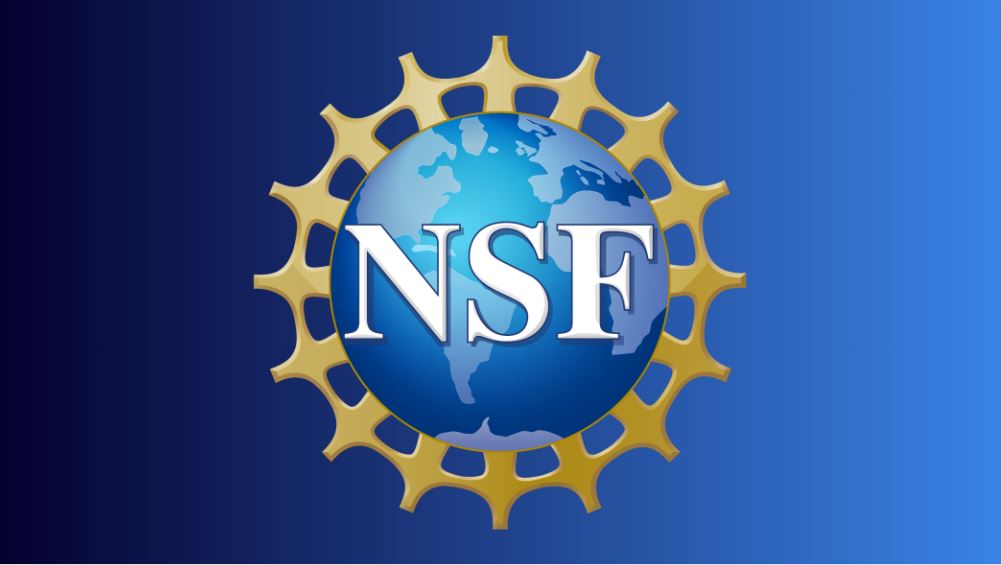
NSF issues “Dear Colleague Letter” about STEM education
Input on six topics is sought from a broad segment of the population. The deadline to respond is June 21.
No one should deny how important workforce development, specifically in the STEM (science, technology, engineering, and mathematics) sectors, is to the economic development of a community or region, and the National Science Foundation (NSF) has issued a Request for Information on the topic.
According to its “Dear Colleague Letter,” the federal agency is seeking input from nonprofit organizations, philanthropies, industry, local, state, and tribal government offices/agencies, K-12 schools and districts, institutions of higher education, trade and/or vocational schools, and other communities of practice on opportunities and challenges towards creating a robust collection of flexible and seamless STEM pathways in emerging technological areas.
The letter came from the NSF Directorates for Technology, Innovation, and Partnerships (TIP) and STEM Education (EDU) which emphasized that it is about gathering information, not about seeking proposals for funding. The TIP directorate is
home to the “NSF Regional Innovation Engines” program that just awarded $1 million to the University of Tennessee, Knoxville (see teknovation.biz article here).
“NSF is seeking novel approaches that lead to the recruitment of diverse and creative
individuals into emerging technologies,” NSF explained. “The objective is to develop new funding opportunities that will accelerate efforts to increase both the rate and overall composition of domestic students enrolled in traditional academic pathways into STEM disciplines that will lead to emerging technology careers.”
There are six items for which NSF seeks input:
- Describe the greatest opportunities and/or challenges to creating flexible and affordable training programs (for technicians, practitioners, researchers, students, etc.) needed to build an inclusive, well-paid, domestic workforce in emerging technology careers.
- What have been some of the most effective strategies to removing barriers and providing support for a diverse, inclusive STEM student population and STEM workforce in emerging technology fields?
- Describe the opportunities and challenges to facilitating a learner’s ability to transition from one educational pathway to another (e.g., from a technical training program to an undergraduate program) to support lifelong continuous learning.
- Describe current gaps or new opportunities to attract more domestic students at the undergraduate level (associate and bachelor’s) and at the graduate level (master’s and doctoral) into specific STEM majors that lead to emerging three technology career pathways.
- Describe strategies to leverage cross-sector resources, including those of industry, academia, government, philanthropy, non-profits, and any other sectors interested in the future emerging technology workforce. Name key partners with whom NSF could work in this endeavor and provide their expertise and contact information.
- Share other relevant aspects or considerations to facilitate STEM pathways into emerging technology fields.
Responses are to be submitted at this link. The deadline to do so is 5 p.m. EDT June 21.
Like what you've read?
Forward to a friend!

